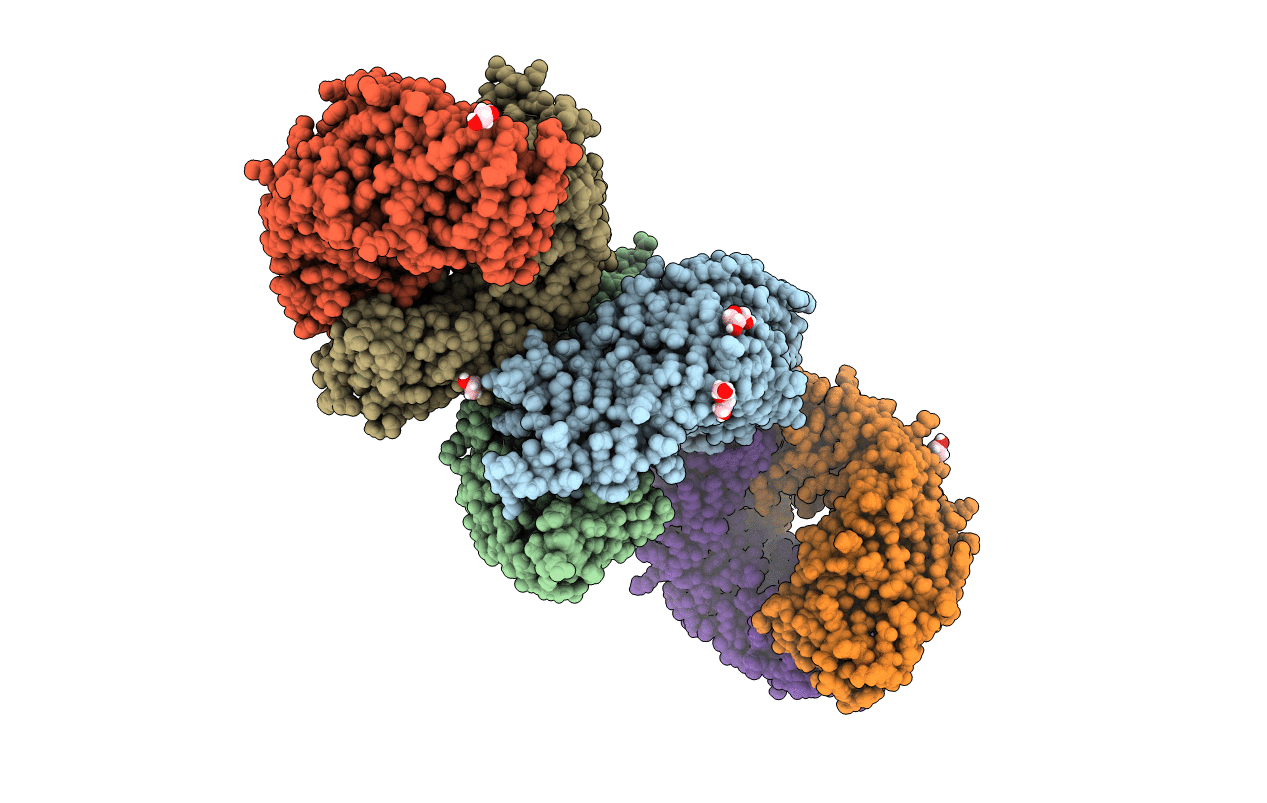
Deposition Date
2019-09-23
Release Date
2020-09-30
Last Version Date
2024-01-24
Entry Detail
PDB ID:
6SWU
Keywords:
Title:
Crystal structure of the TPR domain of KLC1 in complex with an engineered high-affinity cargo peptide.
Biological Source:
Source Organism:
Mus musculus (Taxon ID: 10090)
Host Organism:
Method Details:
Experimental Method:
Resolution:
2.85 Å
R-Value Free:
0.24
R-Value Work:
0.20
Space Group:
P 21 21 21


